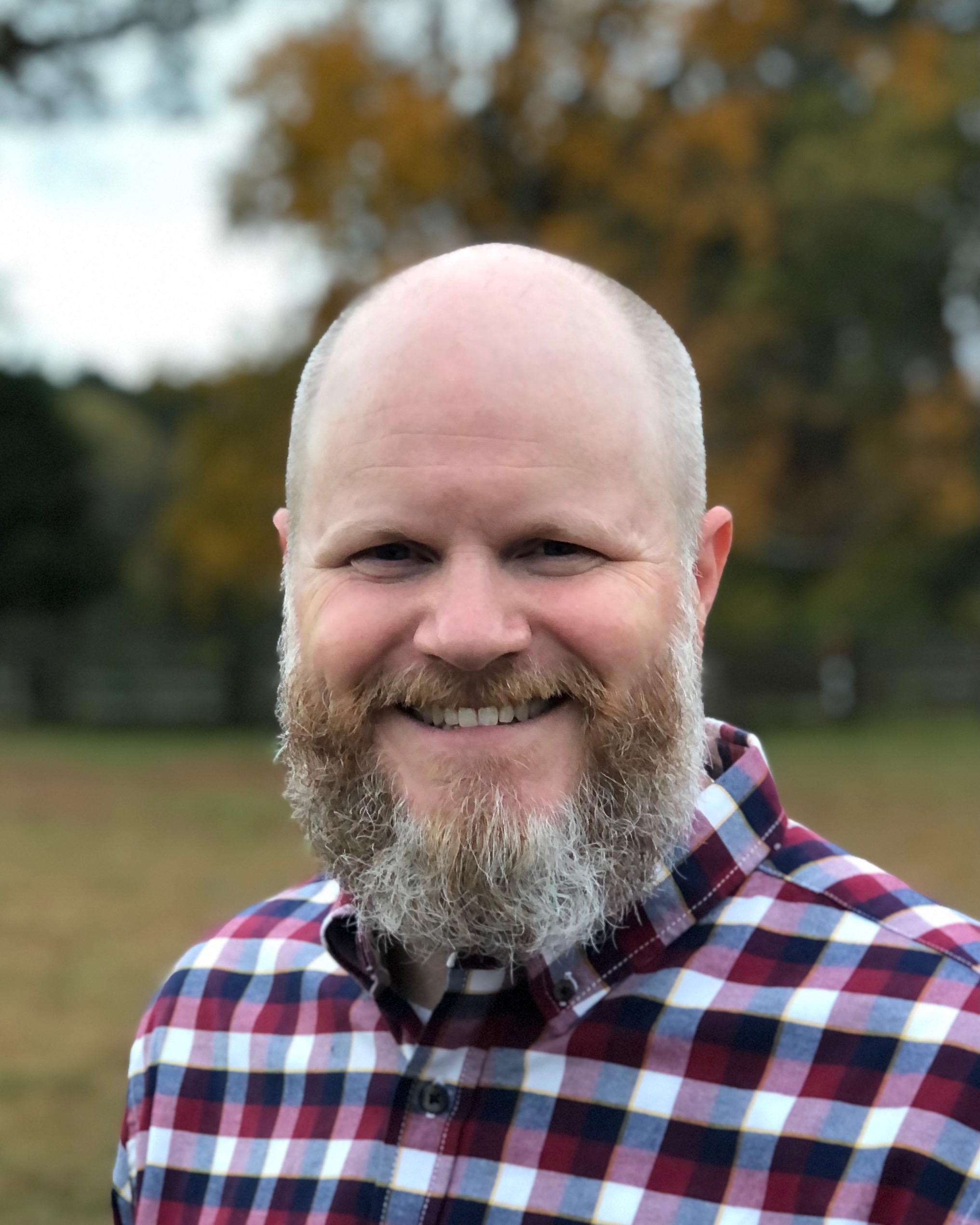This month, we mark the 10-year anniversary of not one but two multi-day, multi-state killer tornado outbreaks: The April 14-16 outbreak from Oklahoma across the Deep South to North Carolina and Virginia, and the April 25-28 super outbreak across the Deep South and Southeastern US.

President Nate Johnson
The magnitude of these outbreaks is hard to fathom, and the following month wasn’t much better. In total, tornadoes killed 363 people in April and another 178 in May. The final death toll for the year was 553. Three of those days were historic by themselves—April 15 in Alabama, April 16 in North Carolina, and April 27 in Alabama—and any of those three would have been “the event” we remembered from the year in their own right.
Needless to say, a lot of people would just as soon forget April and May of 2011. However, as a weather enterprise,
I believe that time period marks an unforgettable turning point for us in at least three ways.
First, we have a deeper appreciation for the contribution that social scientists can make to improve outcomes in events like these. While there had been some social science work within the NWS and elsewhere before, what we have seen in the last decade is a sustained effort to integrate social science insights into our processes, from understanding the different vulnerabilities in different regions to identifying new research-based techniques for communicating what we know to diverse audiences, and more. There is still more integration to be done, but the findings of hybrid projects like VORTEX-SE show what is possible when we work together toward better warnings and fewer casualties.
Second, we have seen an explosion in technological improvements that help us understand the atmosphere, predict what it will do next, and get real-time information into warning operations and out to the communities they serve. The dual-polarization rollout had just begun in 2011 and is now the standard, plus new scan strategies provide more frequent updates of the lowest parts of the atmosphere. New satellites from the GOES-R series to new polar orbiting satellites provide more frequent and higher-resolution data than ever before. Advances in both numerical weather prediction techniques and computing platforms enable us to model individual thunderstorms. The advancement of wireless communication technologies allow for real-time streaming of video from the field, for the exchange of geo-targeted weather warnings, for social networks to participate in the preparation ahead of an event, for dissemination of warnings during an event, and for coming together to help after an event.
Finally, our industry has opened its eyes to the reality of the mental health implications of working, covering, and reporting on high-end severe weather events. Through the courageous stories of NWS forecasters, broadcast meteorologists, and others, we now know how to recognize the signs of critical incident stress, even for those who may not have been in the field but who know the human toll of the radar signatures and damage reports they were processing in real time. We are also normalizing the conversation about mental health more generally, including the role of professional help when it is appropriate.
The heartbreaking loss of lives, homes, and livelihoods from 2011 is still very real to many of us, but our enterprise’s reaction is heartening to me. We are using them to fuel our passion for serving others through research, through forecasting and warning events, through communicating the weather and its impacts with our publics, and through outreach efforts to encourage preparedness for the next event. We cannot stop the atmosphere from doing what it will, but I believe we are in a much better place to serve our communities now than we were a decade ago. And that is why we will never forget the outbreaks of 2011.
NWA Members receive access to the Newsletter each month. After three months, an issue is opened to all.




